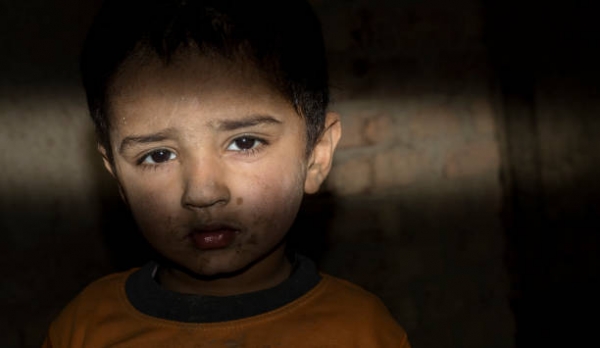Action on Armed Violence (AOAV) is a research charity that carries out analysis and monitoring activities on the impact of global armed violence in populated areas. In this report, AOAV analyses how the killings of parents and carers because of explosive violence, exposes children to the risk of homelessness, abduction, sexual abuse, and recruitment to armed groups.
According to AOAV, in 2019 alone, 27,466 adults were killed and injured by explosive weapons, many of whom being parents, grandparents, and carers. Besides, over the last decade, at least one million children have been orphaned in conflict zones. Generally, men are disproportionately killed and injured by explosive weapons, accounting for between 82% and 90% of adult civilian casualties, and often creating difficulties for families because of the subsequent lack of financial security and the vulnerability associated with widowhood.
As regards children, separation from parents during conflicts has a destructive impact on physical, psychological and psychosocial health. A 2010 study conducted by The Lancet in rural Bangladesh about the impact of parental loss on child survival revealed that the probability of a child living until age ten was only 24% for children whose mothers had died, compared to an 89% survival for children whose mothers remained alive. Moreover, in conflict areas, an estimated 40 million children under the age of 15 are victims of abuse. This is because caregivers who have been exposed to armed violence are more likely to abuse their own children. Also, children fleeing conflict are exposed to sexual violence and those who contribute to household income, especially girls, are more likely to engage in transactional sex to gain essential items.
Furthermore, when parents have been killed or injured by explosive violence, children have often to work illegally because they become the main economic provider for the family and also have to care for ill parents. If children become orphans, many of them are placed in orphanages. However, where orphanages exist, the care provided is questionable, with poor maintenance and hygiene standards. Also, unaccompanied children are one of the most vulnerable groups of refugees. As of 2017, an estimated 300,000 unaccompanied children are in transit and have been displaced by explosive violence, and in 2015 the number of these children who applied for asylum tripled to 98,400. According to the United Nations, the double status of minors and migrants makes these children particularly vulnerable, indeed, many of them are not officially registered with authorities, as is common in Syria. Another difficulty that affects children orphaned by explosive violence is social isolation. For example, in areas where acted the Islamic State (IS), children whose parents were members of the IS were abandoned by their mothers because of the stigma of raising a child of a militant. Moreover, without familial support and protection orphans are often recruited by militant groups, this especially occurred in Yemen, Syria, Afghanistan and Iraq.
As a result, explosive violence deprives children of parental support and exposes them to many risks. Thus, international action to stop the use of explosive violence is necessary.
To know more, please read:
https://aoav.org.uk/2021/the-impact-of-explosive-violence-on-childcare/
https://www.thelancet.com/journals/lancet/article/PIIS0140-6736(10)60704-0/fulltext
https://insamer.com/en/2020-orphan-report_2928.html
https://bettercarenetwork.org/sites/default/files/181126-AloneUnsafe-Report-EN-web.pdf
Author: Eleonora Gonnelli; Editor: Benedetta Spizzichino







